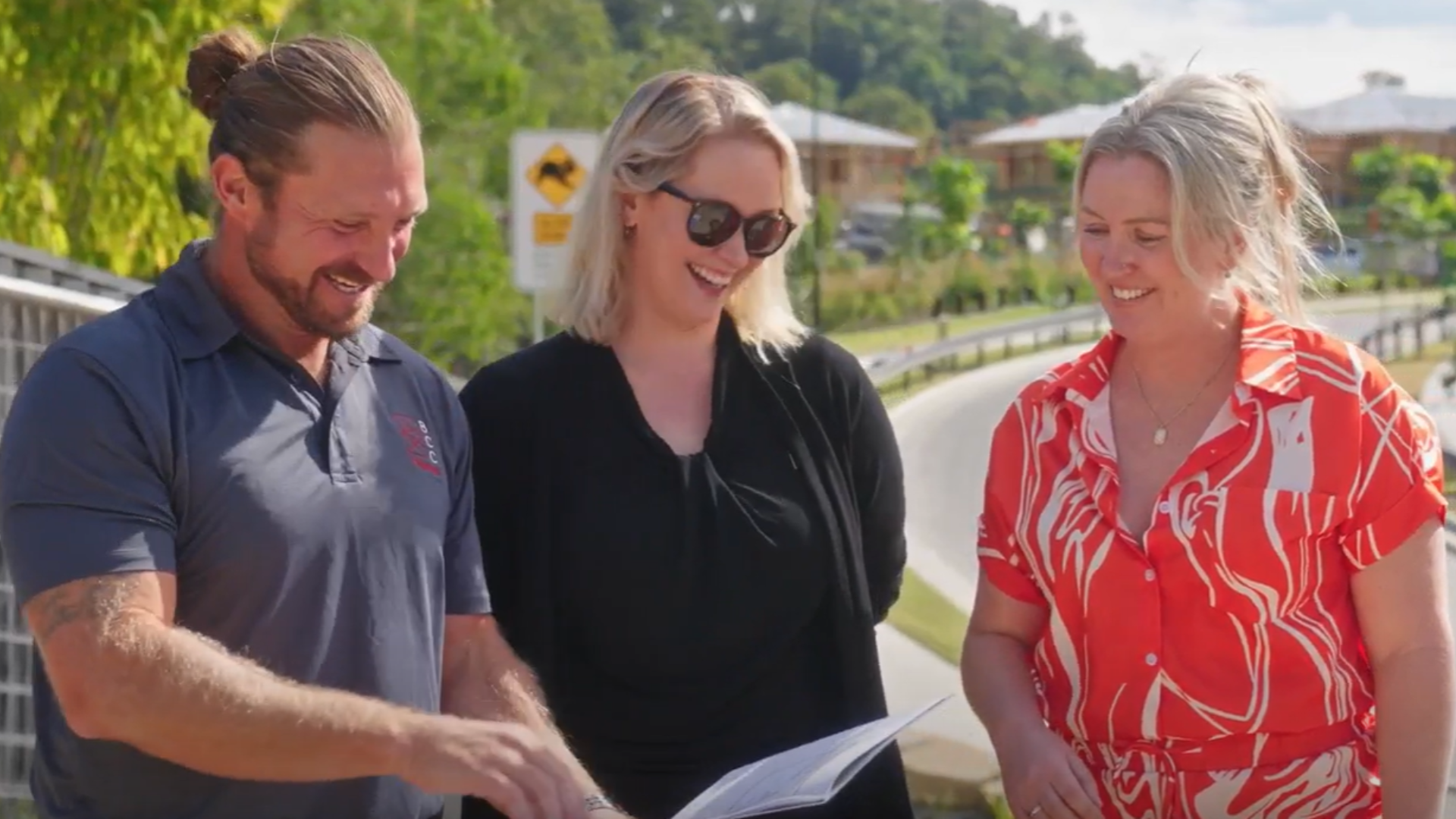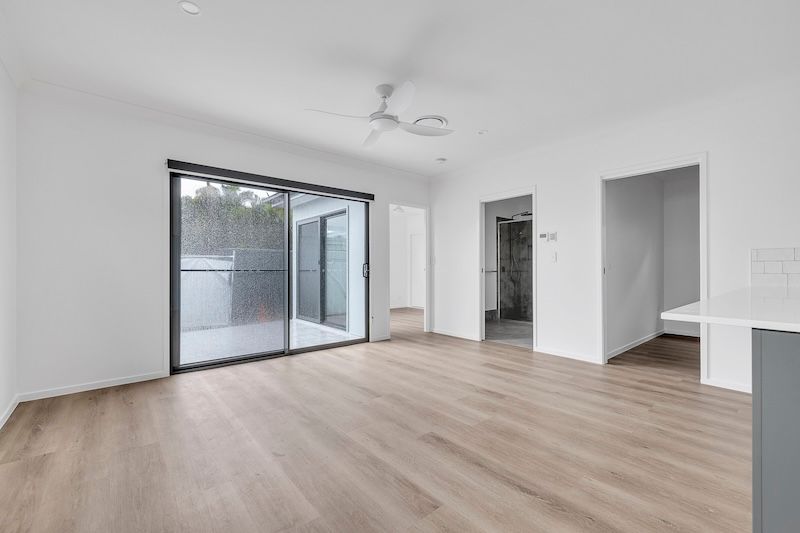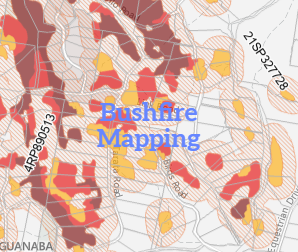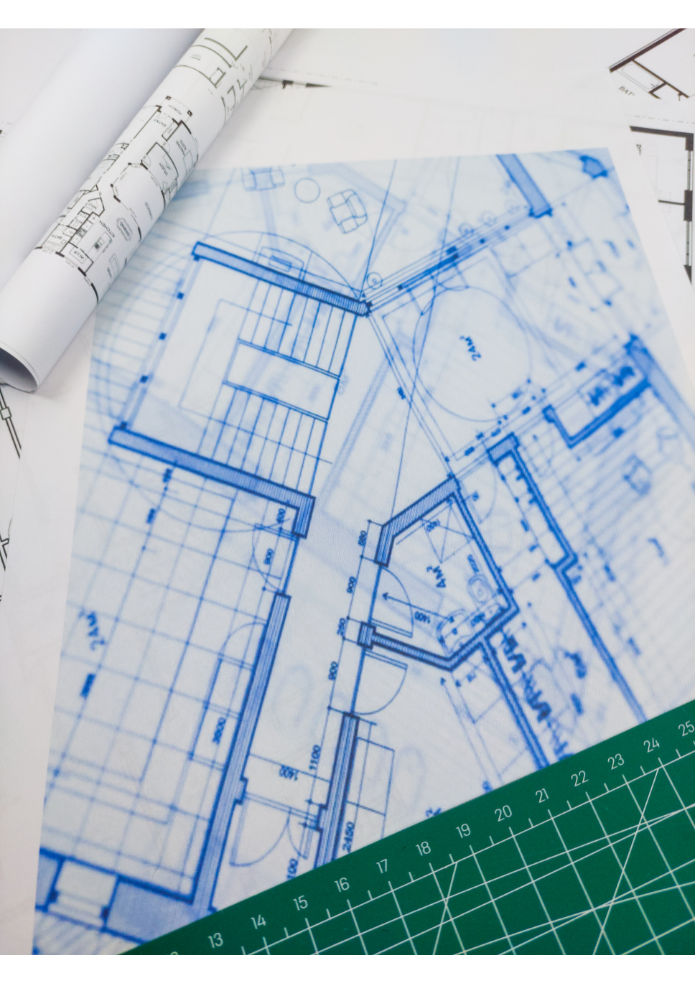Where to start?
October 11, 2023
The process isn't as overwhelming as it seems, because we do it for you!
So you’ve received your 21-step checklist for building a granny flat
and now you’re wondering what next? We know that it can seem so overwhelming, especially the planning stage as there are many moving parts to coordinate a building approval, which is why we’ve tried to explain it by breaking it down into manageable steps.
In order to quote effectively, we do require your current plans from council. This step is crucial to move forward and obtain exact pricing as it allows us to work with the draftsperson to create a space specific to your block and will tell us pretty quickly how large we can make the dwelling based on your boundary and house set-backs. The plans will also indicate if there are easements we need to address when drafting a concept plan of the granny flat. Whilst it may seem inconvenient to outlay $500 to get your plans, the reality is they are needed, and it will prevent any costly design errors when drafting plans on the fly!
In our experience, we have found that there are two types of property buyers; the first finds a property falls in love, and wants to put an offer in but has no idea of their borrowing capacity, so hits a snag and can’t move forward – or they want a granny flat and would like to start next week. The other type has been working towards their vision and has a finance pre-approval formalised, some clients might even have plans and maybe even an approval ready to go, but otherwise are ‘ready to cut ground’ and they need a builder. We are able to work with either buyer type, but to the former type, we would strongly encourage you to work with a broker at this point so you understand your budget. This crucial bit of information will allow us to create a design that is the right size and specification to suit your budget.
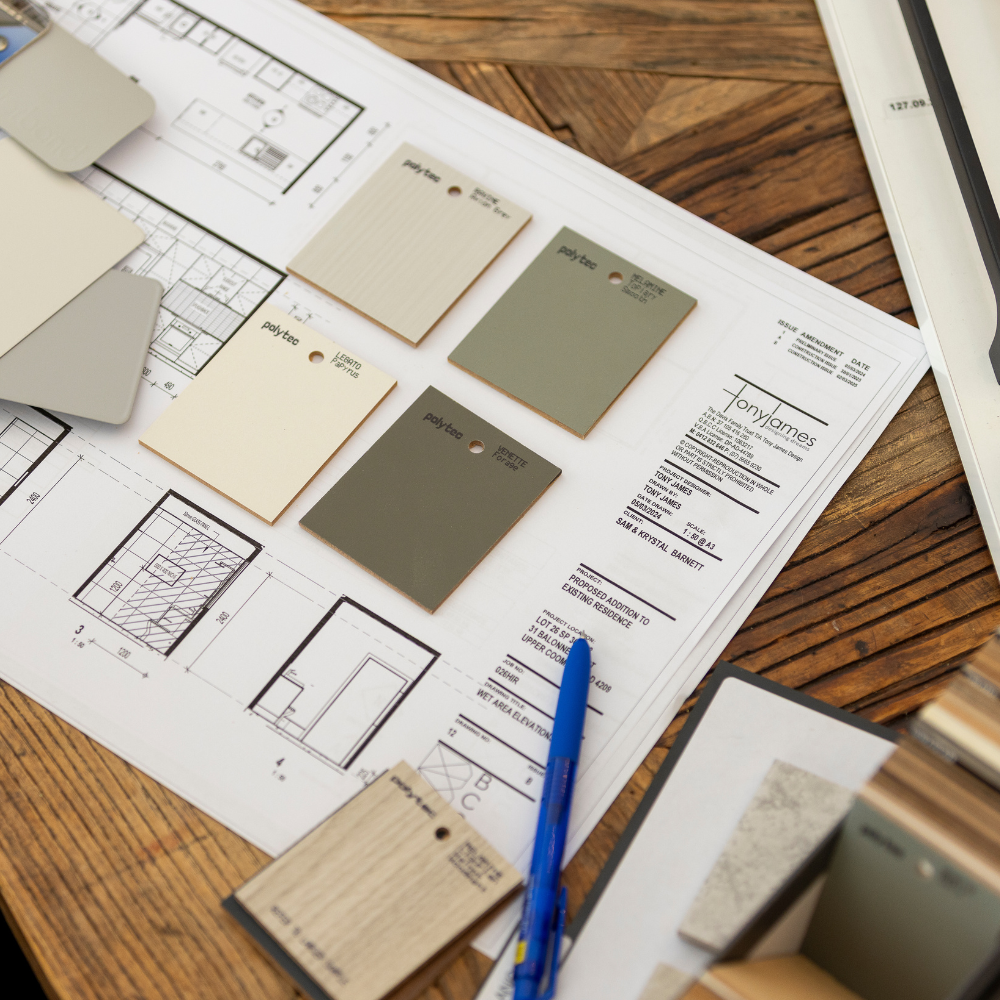
If you've started collecting quotes for your Granny Flat, you've probably noticed prices can vary by tens of thousands of dollars. So how do you know which quote represents the best value? Here's the thing: not all quotes are built the same way. Two builders can quote the same project, but what they include can be completely different. Understanding these differences is the key to making a confident, informed decision. Let's break down what to look for. 1. Ask for a Detailed Inclusions List Some builders quote only the basic structure, while others include everything from design and approvals to quality finishes and fixtures. The difference can be significant – sometimes $20,000–$40,000 worth of items. Always ask for a detailed inclusions list so you can see exactly what's covered. If something isn't written down, make sure to ask about it. The more detail you have upfront, the easier it is to compare your options fairly. Tip: If something isn’t listed, it’s probably not included. 2. Understand Your Site Conditions Every site is unique. A flat, easily accessible block will have different requirements than one that's sloped or has access challenges. Generic quotes based on "typical conditions" might not reflect your actual situation. At BCC Homes, we never offer a fixed-price quote until Sam has assessed your site. This way, you get an accurate number based on your specific property – giving you confidence in the price from day one. 3. Clarify What's Included in Design and Approvals Some builders charge separately for design work, plan revisions, and approvals, while others include these as part of the process. At BCC Homes, we include design and approvals with 3 plan revisions built in. Understanding what's covered here not only saves you time and potential surprises later but also helps you budget accurately and ensures your design will meet all council, energy efficiency, and bushfire requirements before construction begins. 4. Look at the Builder's Track Record Beyond price, consider the builder's communication style, reviews, and completed projects. A builder who's clear and transparent during the quoting process will give you confidence throughout the entire build. Look for someone who answers your questions thoroughly and helps you understand what to expect. At BCC Homes, we’re happy to walk you through our inclusions and help you compare your quotes line by line, so you know exactly what you’re getting. The Bottom Line The goal isn't necessarily to find the cheapest quote – it's to find the best value. That means working with a builder who's transparent, includes everything you need from the start, and helps you understand every step of the process - no hidden extras, no guesswork. At BCC Homes, we're here to help you understand your quotes and make informed decisions. We're happy to walk you through our inclusions line by line, so you can compare your options with confidence. Ready for your quote? Book in a call and let's see how we can turn your dream into a reality. Link



